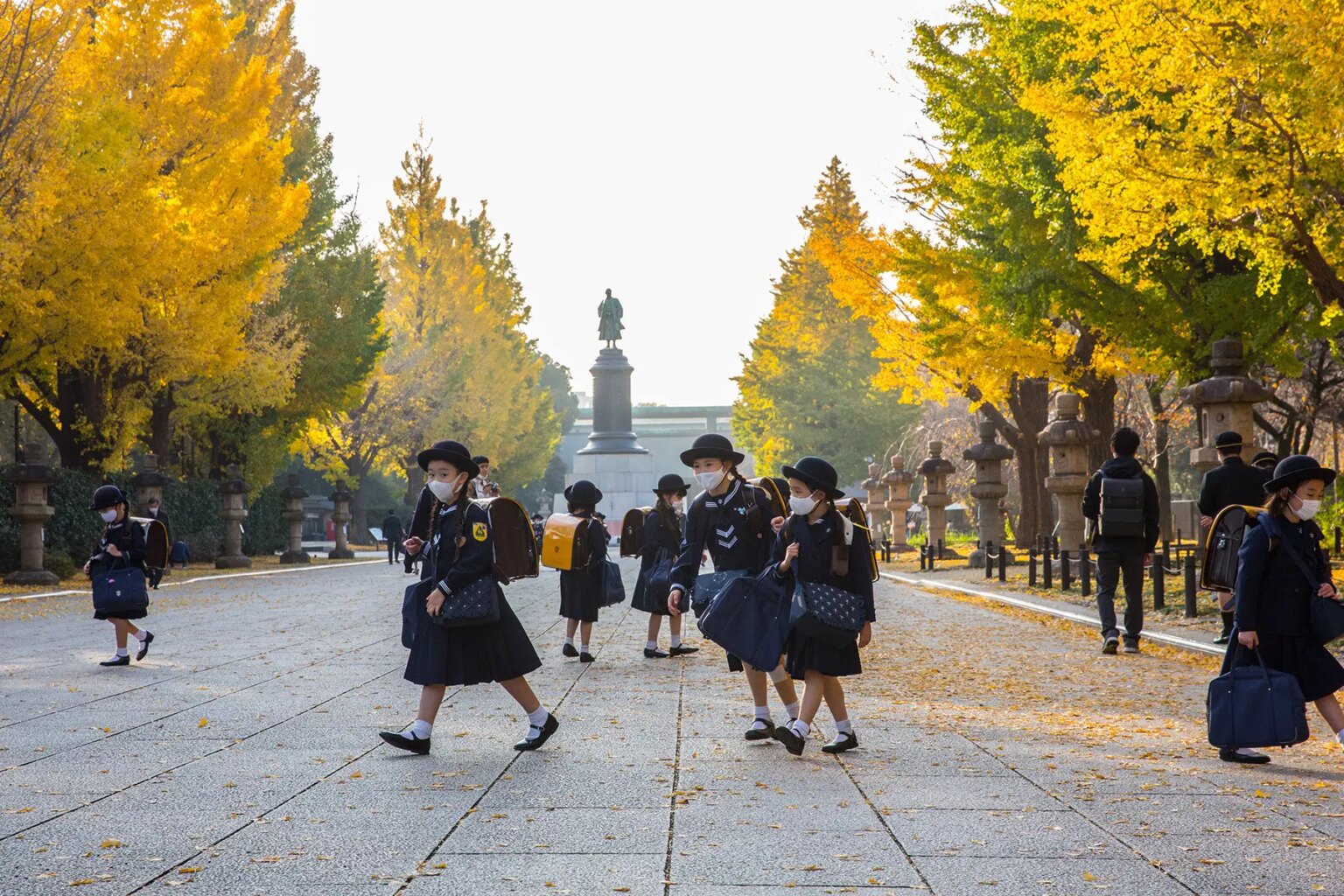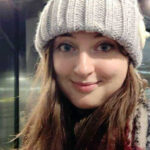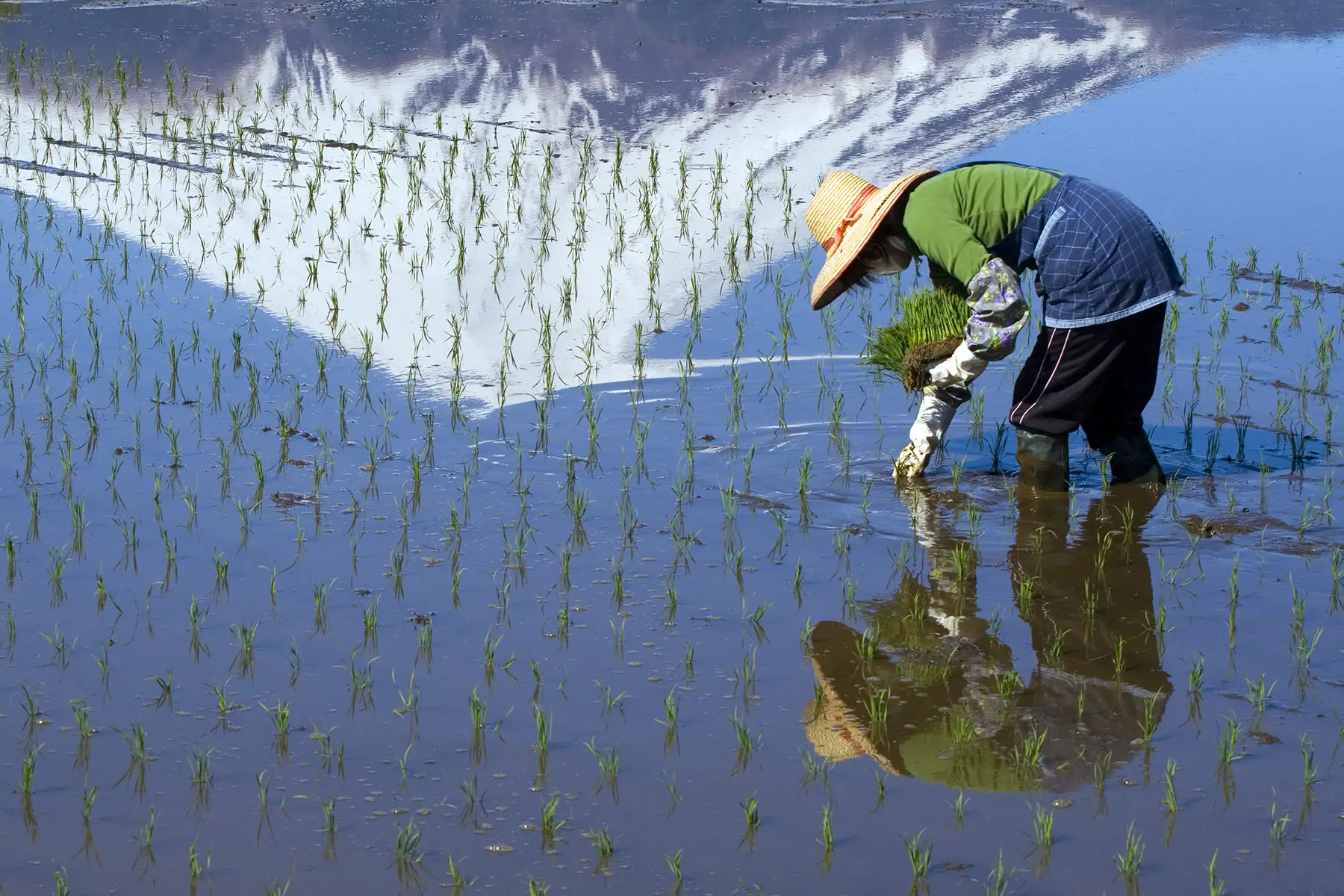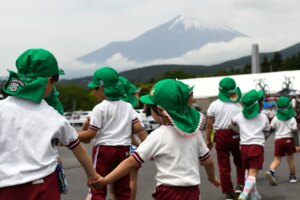There is a lot to think about when it comes to moving to Japan with children. However, fortunately, the country is generally a very safe place to live and offers plenty of fun activities for kids during the school holidays (in summer, winter, and spring). That said, your top priority will be finding a school for your little ones and ensuring that they get a good education.
Parents of younger kids will need to weigh up their childcare options, including daycare (保育所/託児所) and preschools (幼稚園/保育園). Meanwhile, those with older ones will need to look at primary (小学校) and secondary schools (中学校/高校).
It is also worth deciding whether you want your child to enter the local schooling system or attend a private or international school (インターナショナルスクール), as these options might even influence where you live in Japan.
To help you better understand Japan’s education system, this article provides the following information:
Education in Japan
In Japan, the Ministry of Education, Culture, Sports, Science and Technology (文部科学省 – MEXT) oversees the education system. Most children enroll in state-funded public education, but private schools, including international ones, are available.
Parents moving to Japan with kids can rest assured that the Japanese education system is of an excellent standard. In fact, Japan ranks highly in PISA (Programme for International Student Assessment – PDF) results for all subjects, especially science and mathematics.

Although mandatory education in Japan begins at age six, 95% of children aged three to five go to preschool. Compulsory schooling lasts until age 15 and consists of six years of primary school and three years of lower secondary.
Afterward, pupils can attend upper secondary school, an optional stage that most students complete. Following upper secondary school, students can pursue higher education at universities or technical colleges.
There have been many reforms to education in Japan in recent years. One significant change has been the introduction of English language education earlier to improve English proficiency among Japanese students.
Japanese preschool education
Preschool education is not compulsory in Japan, but it can aid your child’s future learning. There are several options available for children up to five years old, including hoikuen (保育園 – daycares or nurseries) and yochien (幼稚園 – kindergartens or preschools).
Hoikuen focus more on childcare, whereas yochien prepare children for the Japanese schooling system. Children can attend hoikuen from infancy, but yochien cater to three- to five-year-olds.
The costs of preschool education in Japan can vary widely depending on the type of institution and location. MEXT oversees yochien – public ones do not charge fees, but you may need to pay to apply. Meanwhile, prices for hoikuen vary depending on your income, location, and whether they are public or private.
Primary education in Japan
The primary school system
Primary schools are called shogakko (小学校) in Japanese. It is compulsory for children to attend from ages six to 12, and they start school in April after their sixth birthday. The school year then runs until March of the following year.
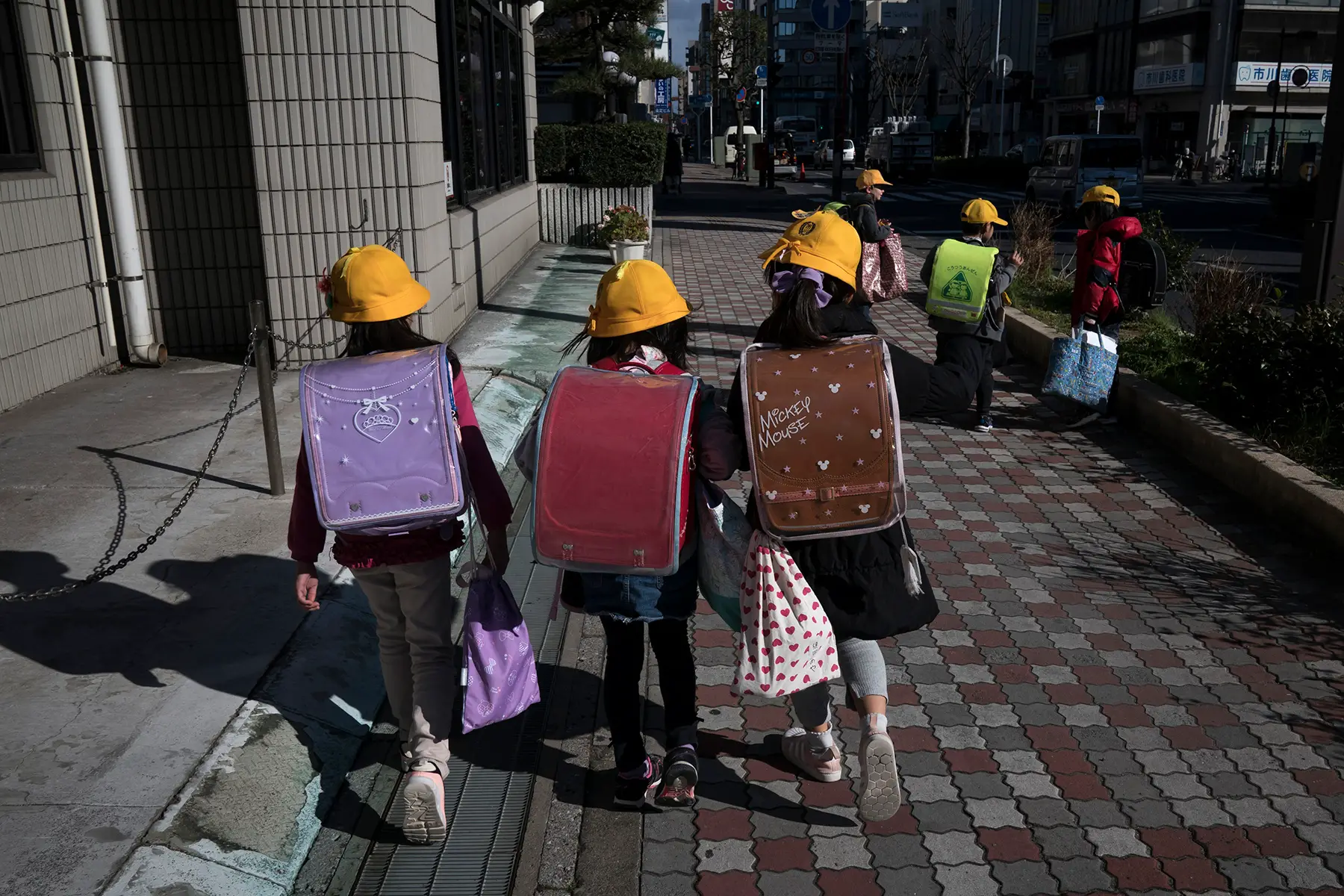
MEXT sets the elementary curriculum and provides guidelines on how to teach each subject. However, boards of education in each municipality are in charge of establishing and managing mandatory public schools.
Public primary schools
Public primary education in Japan is free of charge. However, parents must pay for textbooks, workbooks, and other materials. Primary schools are generally of high quality, and most students attend a public school.
Teaching methods and philosophies in Japanese primary schools vary, but early education begins by emphasizing social skills and group identity. Students are expected to take part in group work and hands-on learning activities.
In Japan, parents are typically assigned a primary school based on location, and no formal school choice system exists. Additionally, some schools may have waiting lists, particularly in densely populated urban areas.
Private primary schools
If you want more choice in your child’s education, you might consider sending them to a private school. However, these institutions require you to pay fees, and children might also need to pass an exam before attending.
There are a range of schools in Japan. Some of them teach the Japanese curriculum, but others include:
- International schools: These provide education in various languages and often follow the system of a specific country. You’ll also find many that offer the International Primary Curriculum.
- Method schools: Schools that follow methodologies such as Montessori (モンテッソーリ教育) and Waldorf-Steiner (シュタイナー教育) can give your child an education with an alternative, child-centric approach. There are a few of these schools in Japan, mostly in larger cities. Many are also international schools.
- Religious schools: Most faith schools in Japan adhere to Christian teachings, but there are also Buddhist schools.
The average cost of a year of private primary education in Japan in 2022 was ¥872,000.
Japanese secondary education
The secondary school system
In Japan, secondary education is split into two stages: junior and senior high school. The first stage covers ages 12 to 15 and is compulsory, while the second is optional for students aged 15 to 18.
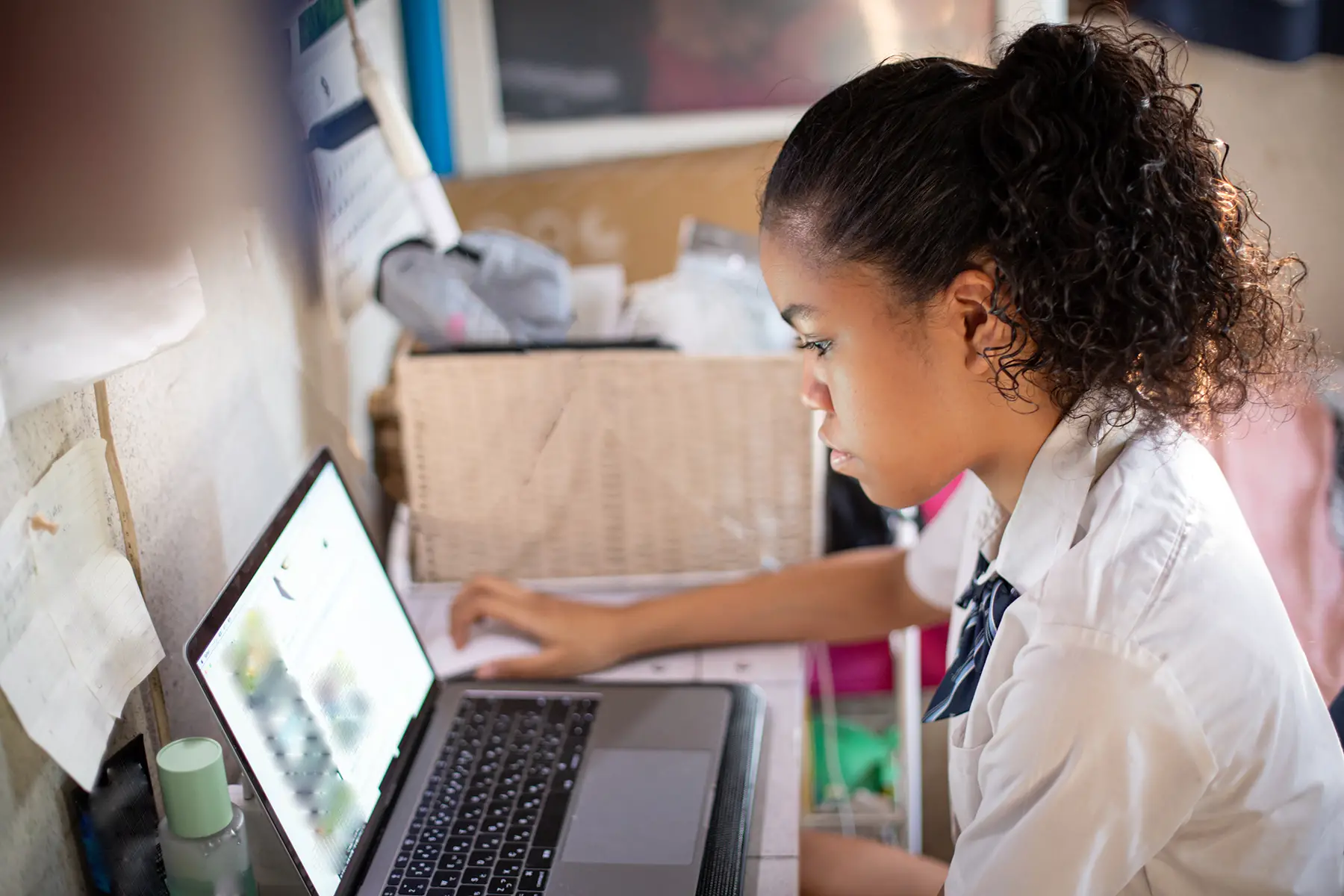
Once students have completed their compulsory secondary education, they have several options. Although it is not mandatory, most enroll in upper high school, where they can prepare for university or further education. Otherwise, students can attend:
- Specialist training schools: Two to three years of education to learn vocational skills for a specific career
- Technical colleges: Five years of engineering education
Public secondary schools
Secondary schools in Japan are of a high standard, and the Japanese curriculum has recently undergone reforms to improve educational outcomes. Although public secondary education is free, you will probably need to pay for textbooks, school trips, and extracurricular activities.
MEXT sets the curriculum for secondary schools, but the country’s prefectures handle upper secondary education and teaching materials. Compulsory subjects in lower secondary schools include:
- Art (美術)
- English (英語)
- Health and physical education (保健体育)
- Japanese (National Language) (国語)
- Mathematics (数学)
- Moral education (道徳)
- Music (音楽)
- Science (理科)
- Social studies (社会)
- Technology and home economics (技術・家庭)
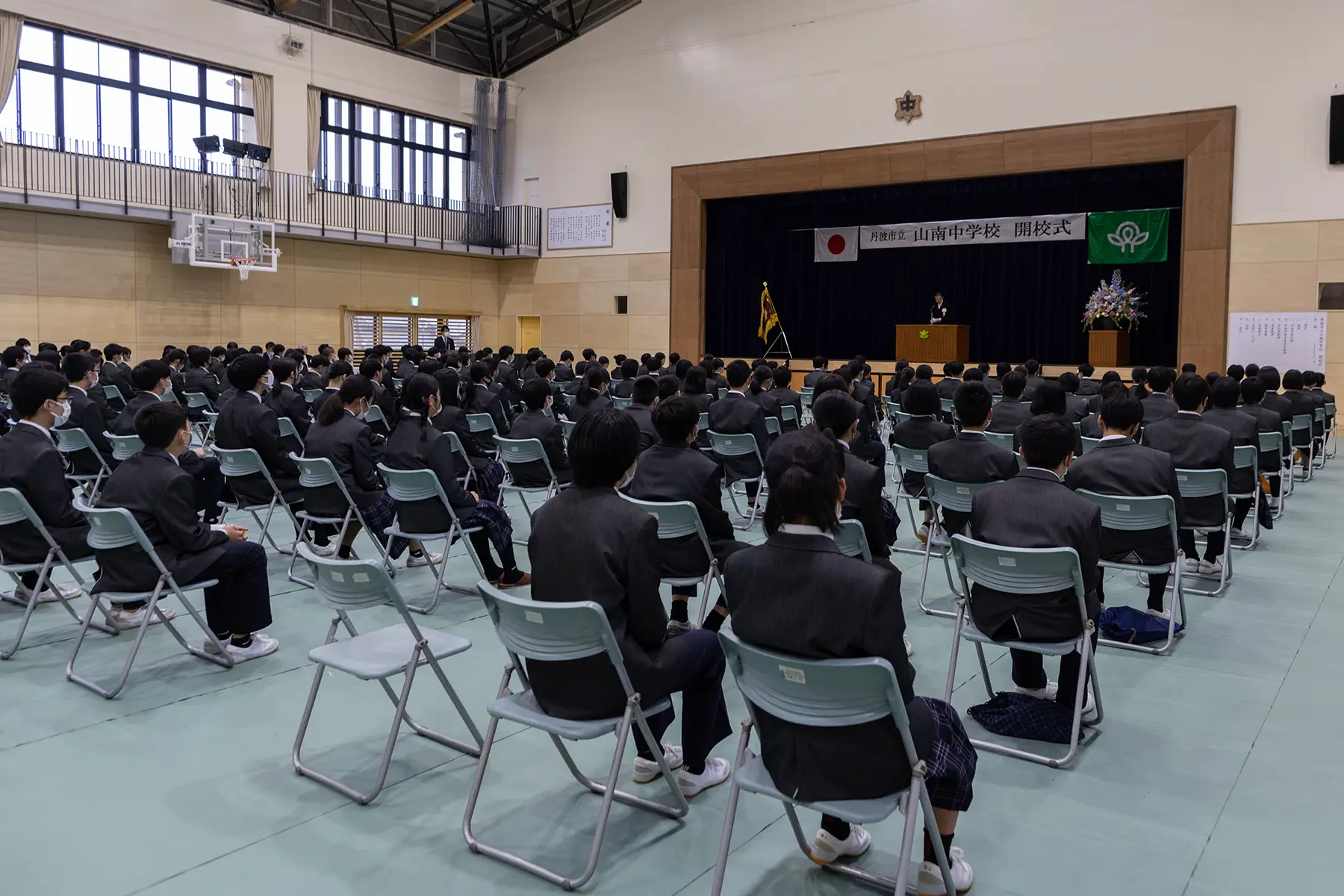
Students have more choice in what they study at upper secondary school – their schooling consists of 74 credits, of which 31 come from compulsory subjects (such as Japanese, math, science, and history).
Teaching methods used in public secondary schools in Japan include lectures, discussions, group work, and project-based learning.
Private secondary schools
Although Japan offers high-quality public education, the country is home to many types of private schools. These include:
- Boarding schools (寄宿学校, kishuku gakko): The country has a few private boarding schools, many associated with international schools.
- International schools: These usually follow a globally oriented or country-specific teaching method. Many offer international qualifications such as the International Baccalaureate (IB), A-levels, and the IGCSE.
- Method schools: Montessori and Waldorf-Steiner schools in Japan provide alternative education styles.
- Religious schools: These are mainly Catholic or Protestant, but Japan is also home to Buddhist and Islamic schools.
On average, private junior high schools cost just under ¥815,000 per year in 2022, while private senior high schools cost nearly ¥759,000.
The International Baccalaureate (IB) in Japan
The International Baccalaureate (IB) is on offer at 67 international schools and local schools in Japan.
It offers the advantage of being globally recognized and concentrates on real-world situations, an international mindset, and preparing students for the future.
Graduating in Japan
Once students have finished high school, they can take the Common Test for University Admissions to apply for further education. This test was introduced in 2021, replacing the National Center Test for University Admissions.
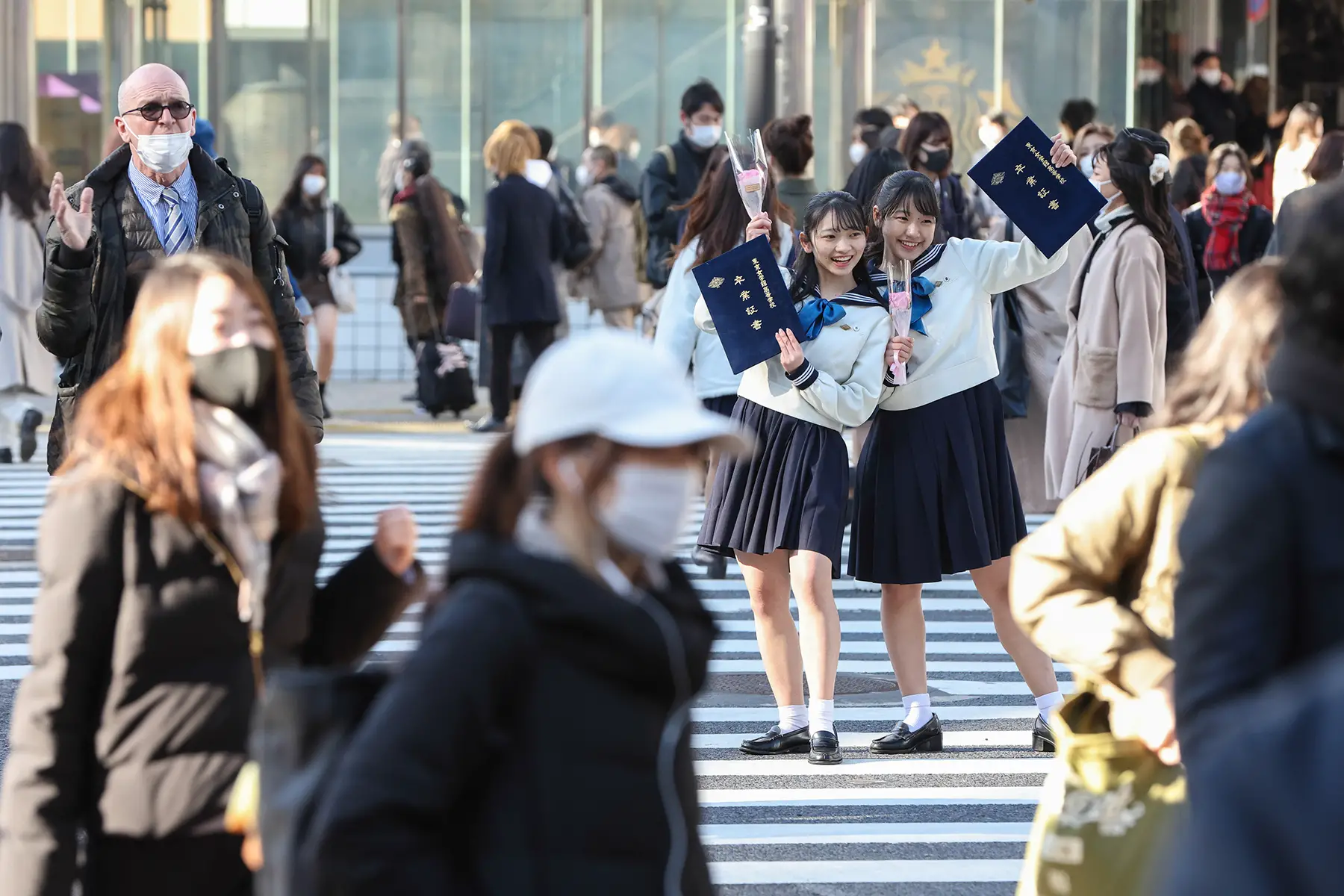
Universities designate the necessary exams for each subject, and students take tests over a weekend in January. The schedule for these exams is the same across the country.
Some universities use these examinations as admissions tests, whereas others require prospective students to take another exam or write an essay.
In addition to the Common Test for University Admissions, students in Japan receive a high school diploma upon completion of their secondary education. This is a requirement for most universities in the country and for many jobs in the workforce.
Some private and international schools in Japan may have different graduation requirements and diploma options. Therefore, do your research before committing to a school or university.
Financial aid and scholarships
In Japan, several types of financial aid (就学援助) and scholarships (奨学金) are available for education. For example, the government provides parents with a Child Allowance (児童手当 – link in Japanese) of ¥5,000–15,000 per month.
You need to have registered in your city before receiving it, and the amount of benefit depends on:
- How many children you have
- The age of each child
- Your income
Parents receive payments in June, October, and February, which cover the previous three months. Single parents can apply for the Child Rearing Allowance (児童扶養手当 – link for Hiroshima City).

The government also provides financial assistance to support children under 20 with special educational needs. Parents can receive a monthly payment of ¥35,760 or ¥53,700 (as of April 2023), depending on the disability.
Some international and private schools also offer scholarship programs for children from low-income families. These offer limited spaces for high-achieving students, you can find information on these programs on your prospective school’s website or through their admissions office.
Educational support for international students
If you send your child to a school where Japanese is the primary language, it’s worth finding out about language support.
Some schools and universities offer additional Japanese classes for foreign students – contact your municipality or prospective school to find out whether this is the case.
Attending extra classes will help your child improve their Japanese language proficiency and adjust to living and studying in Japan.
Meanwhile, university students can also find plenty of help. Some other organizations and services support international students in Japan with scholarship programs, assistance with housing and employment, finding a language school, and cultural exchanges. These bodies include:
- Japan Student Services Organization (JASSO – 日本学生支援機構): Provides advice on scholarships, support programs, and a global alum network
- Association for the Promotion of Japanese Language Education (APJLE – 日本語教育振興協会): Focuses on access to Japanese-language education and assists international students with finding language schools
JASSO provides a detailed pamphlet (PDF, valid 2023–24) on scholarships available for international students. It also explains eligibility and how to apply. In addition, it’s also worth contacting your university to find out what’s available to cover study costs and language classes.
Support for children with special educational needs (SEN)
Japanese schools aim to provide as inclusive an education as possible. Therefore, MEXT advises that all children learn together, regardless of disability status. If your child has a disability, they generally have the following options:
- Attending a special needs school (特別支援学校)
- Participating in regular classes with additional guidance
- Special needs classes (特別支援学級) within a mainstream school
- Taking part in regular classes
Students can receive support in mainstream schools through accommodations such as assistive technology, classroom aides, and a modified curriculum. In addition, schools should provide reasonable accommodations and support to children with special needs.

However, children who require more assistance can attend a special needs school. In Japan, these often cater to students with specific types of disabilities. For example, there are schools for children with visual or hearing impairments, intellectual disabilities, physical disabilities, and developmental disorders. These schools provide tailored education and usually offer smaller classes and comprehensive support.
There are also various organizations and services supporting children with special needs and their families in Japan, such as the Japan Council on Disability (日本障害者協議会 – in Japanese) and the Japanese Society for Rehabilitation of Persons with Disabilities (日本障害者リハビリテーション協会).
These organizations provide information, resources, and advocacy for individuals with disabilities and their families. In addition, MEXT regularly updates on reforms and developments in special needs education.
Changing schools in Japan
It is possible to change schools in Japan, but it is not always straightforward. You’ll need approval from both schools, and some might have specific admission requirements or enrollment periods. However, when moving home, a school transfer might be unavoidable.
The MEXT offers a guidebook in several languages for starting education in Japan, which outlines the process of changing schools. The procedure is as follows:
- Inform the school and municipality of your move: The school will provide you with a Student Registration Certificate and Certificate for Provision of Textbooks
- Notify your new municipality within 14 days of moving
- Contact the local Board of Education for a Notice of School Transfer or Enrollment Permit
- Submit the two certificates (Student Registration Certificate and Certificate for Provision of Textbooks) to the new school
Parent involvement in schooling
In Japan, schools often have an active Parent Teacher Association (PTA), which is typically run by volunteer parents and school staff.
The PTA may organize events and activities, support school programs, and facilitate communication between parents and the school. In addition, many schools encourage parents to get involved with volunteering opportunities, such as helping with classroom activities or school events.
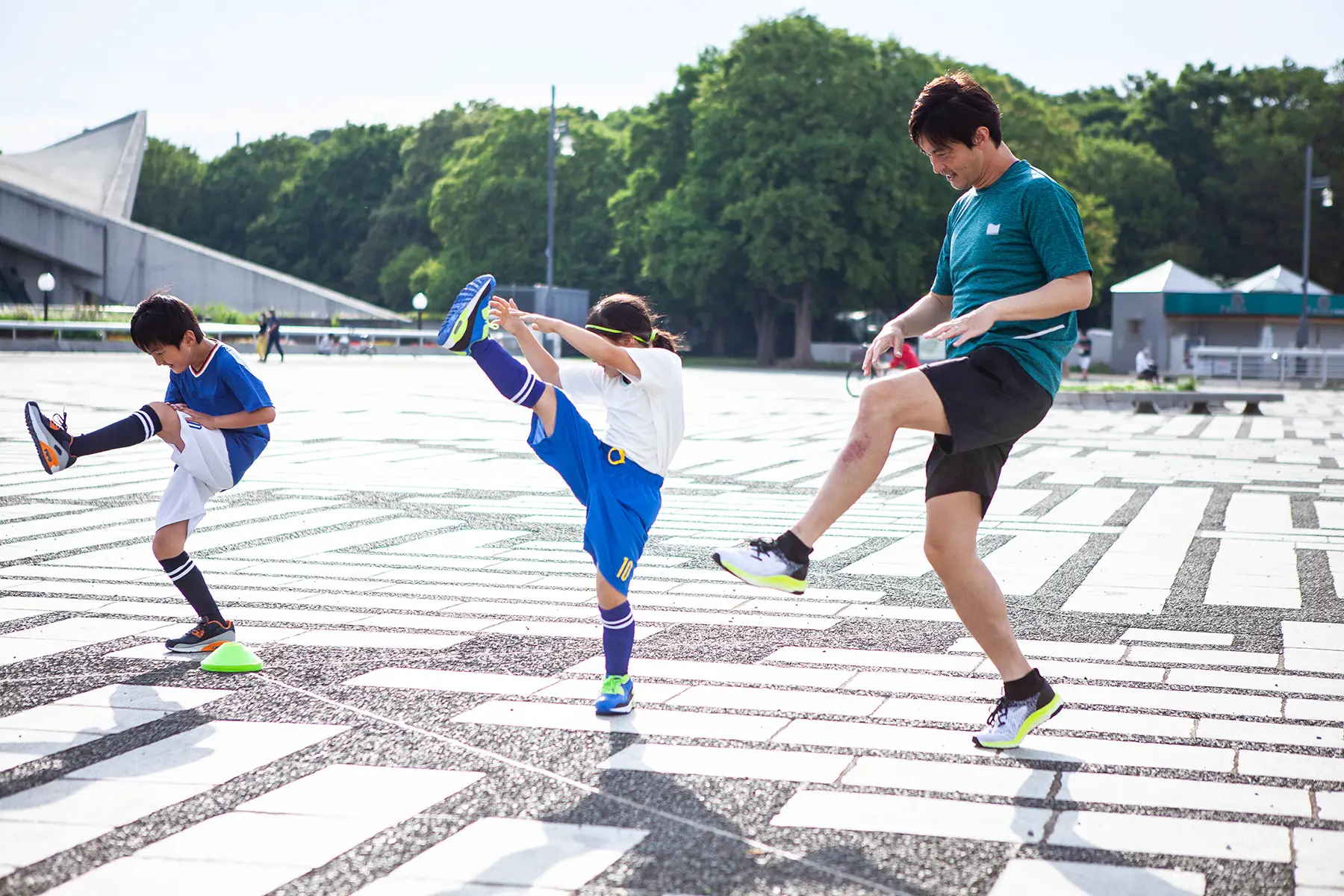
There may also be opportunities for parents to join a Board of Education or similar groups at schools in Japan. These governing bodies typically oversee the school’s policies and operations. They may include school staff, parents, and community representatives.
It is worth noting that the level of parental involvement in schools in Japan may vary depending on the type of school and the specific community. You might also need to pay a monthly fee to join the PTA. Therefore, parents interested in getting more involved should contact their child’s school to inquire about available opportunities.
Homeschooling
As elementary and junior high school education is compulsory in Japan, there is no legal provision for homeschooling, and it is relatively uncommon.
It is tolerated in some situations, but parents usually need to provide a reason for taking their child out of mainstream schooling. Parents who wish to homeschool their children should notify their local education board and their registered school that they intend to homeschool.
Homeschooling parents must ensure that children receive an education equivalent to a public school and will likely need to remain in touch with the school their child is enrolled in. You can find out more about homeschooling from the Japan Home School Support Association (HoSA – link in Japanese).
Useful resources
- IB Organization – IB schools in Japan
- Japanese Cabinet Office (内閣府, Naikaku Fu – in Japanese) – information about child allowance payments
- Japan Home School Support Association (in Japanese) – offers advice on procedures and techniques for homeschooling
- Japan Student Services Organization (JASSO) – advice for people wanting to study in Japan
- Japanese Society for Rehabilitation of Persons with Disabilities – promotes social inclusion of people with disabilities
- Ministry of Education, Culture, Sports, Science and Technology (MEXT) – official government agency responsible for education in Japan
